In addition to statistical methods of sales forecasting, AI methods, such as neural networks in particular, are becoming increasingly important. But even neural networks struggle with the problem that they cannot predict chaotic market behavior. Unfortunately, the behavior of markets and customers is almost always chaotic to a certain degree, as a look at continuously empirically collected data shows.
You cannot forecast chaos, but you can measure the extent of the chaos and try to compensate for it with safety stocks. The battle of forecasting is therefore won with safety stocks .
Forecasting methods and safety stock methods are intertwined. The success of demand planning therefore depends on the method used to determine the forecast harmonizing well with the method used to determine the safety stock over time – and not just the statistical average.

DISKOVER therefore relies on dynamic empirical simulation based on real data from the past in order to find the right “process combination” of forecasting methods and safety stock procedures. Forecasts based on artificial intelligence must also be subjected to this simulation in DISKOVER in order to prove their resilience for practical use in the planning and scheduling process.
DISKOVER therefore checks the selected process combination typically on a monthly basis for each individual item using simulation and decides independently which process combination is most suitable for an item. The forecast and the associated safety stock procedure determined for each item are applied automatically. This simulative optimization in DISKOVER is a decisive success factor for reliable requirements planning and thus for more automated replenishment.


